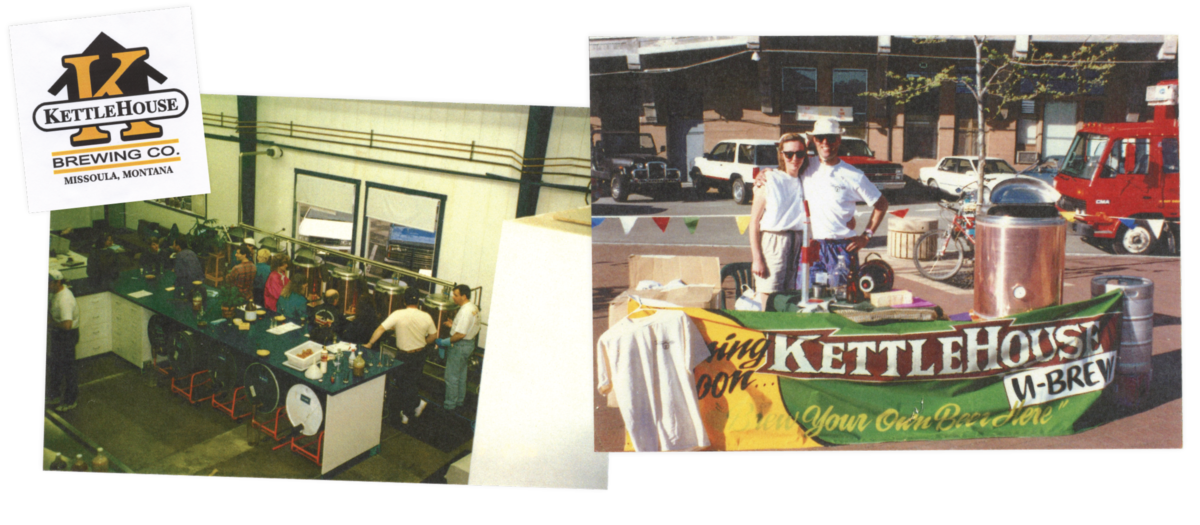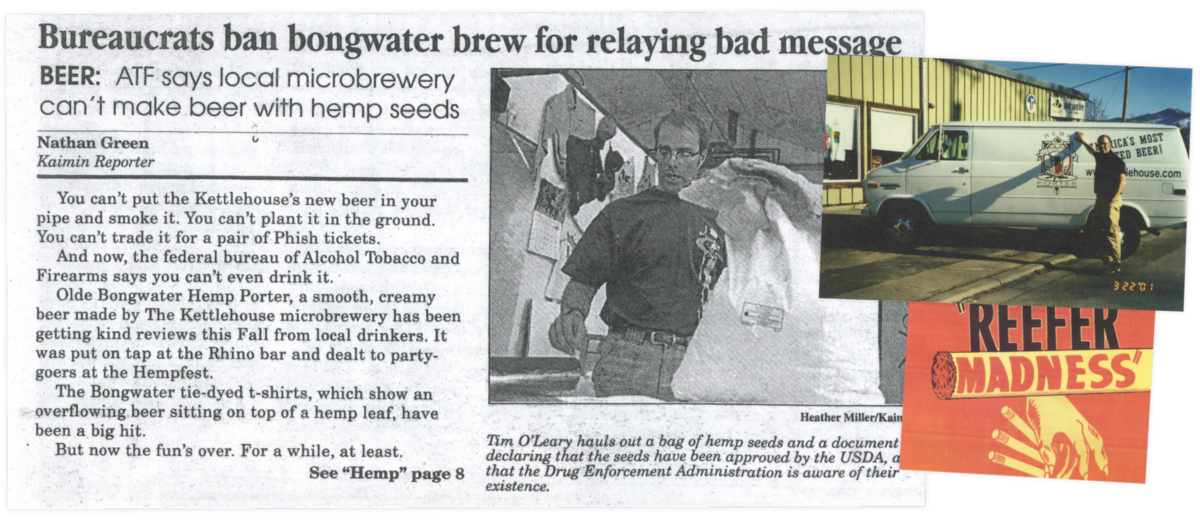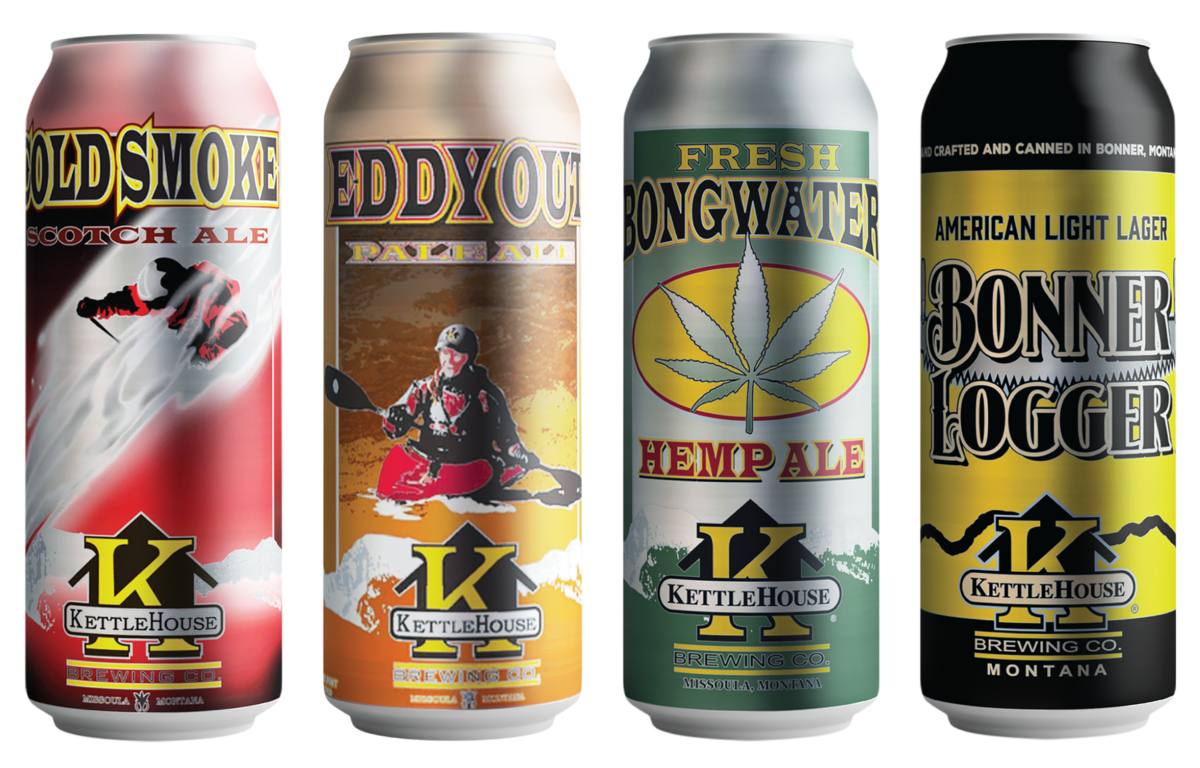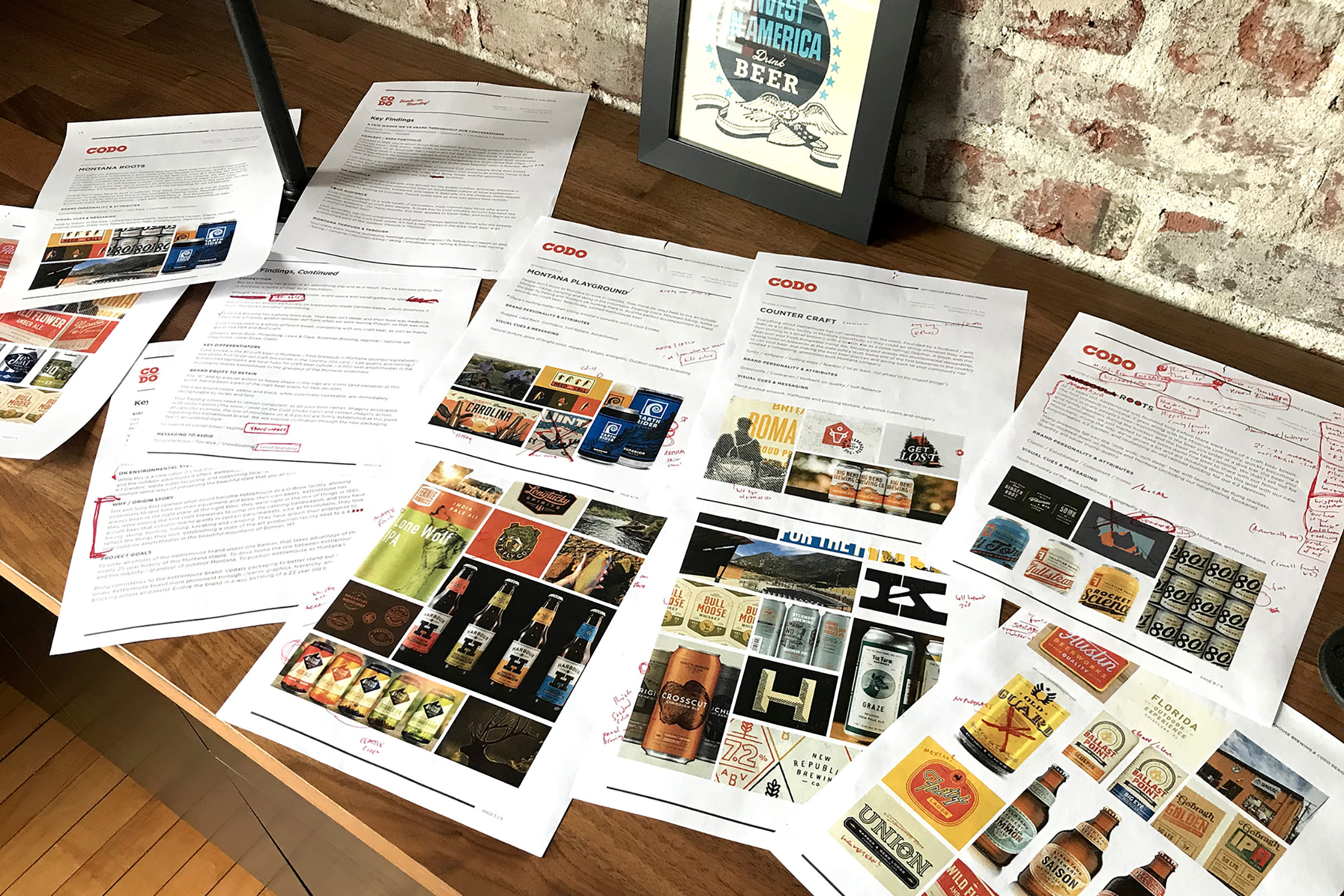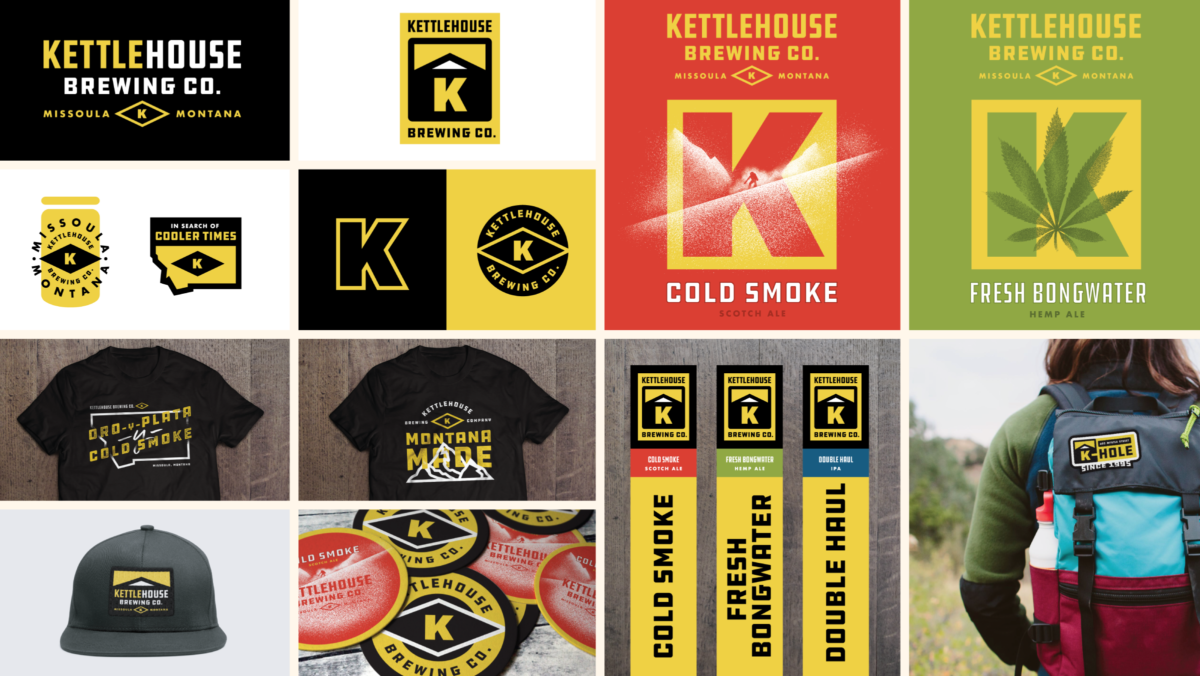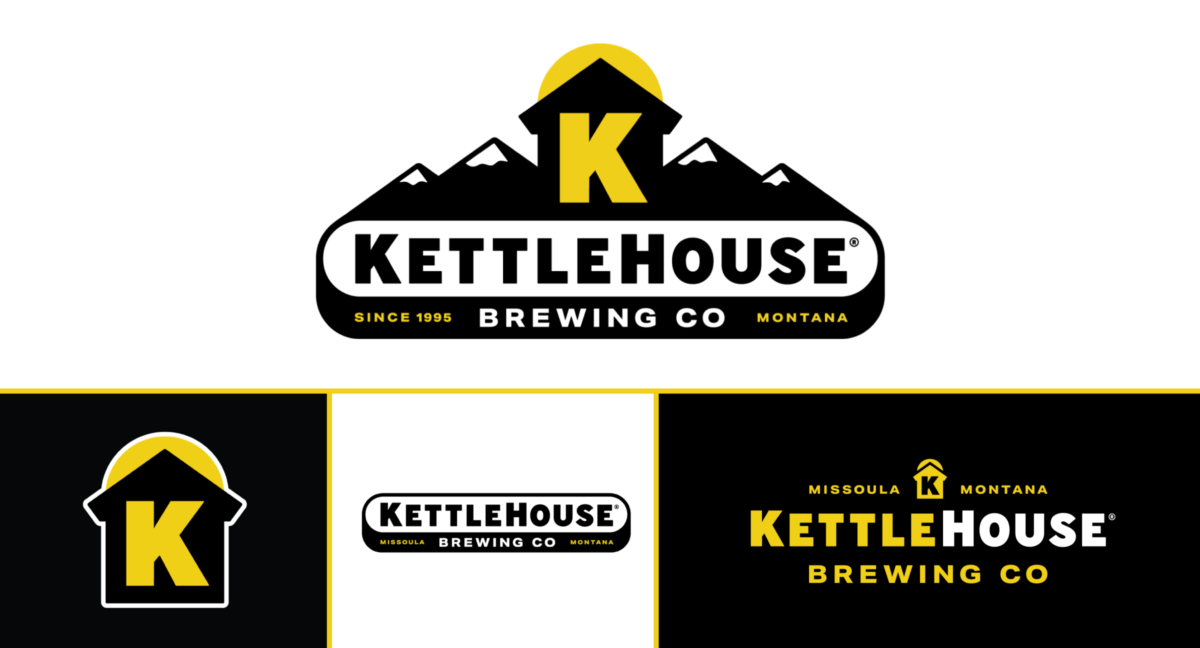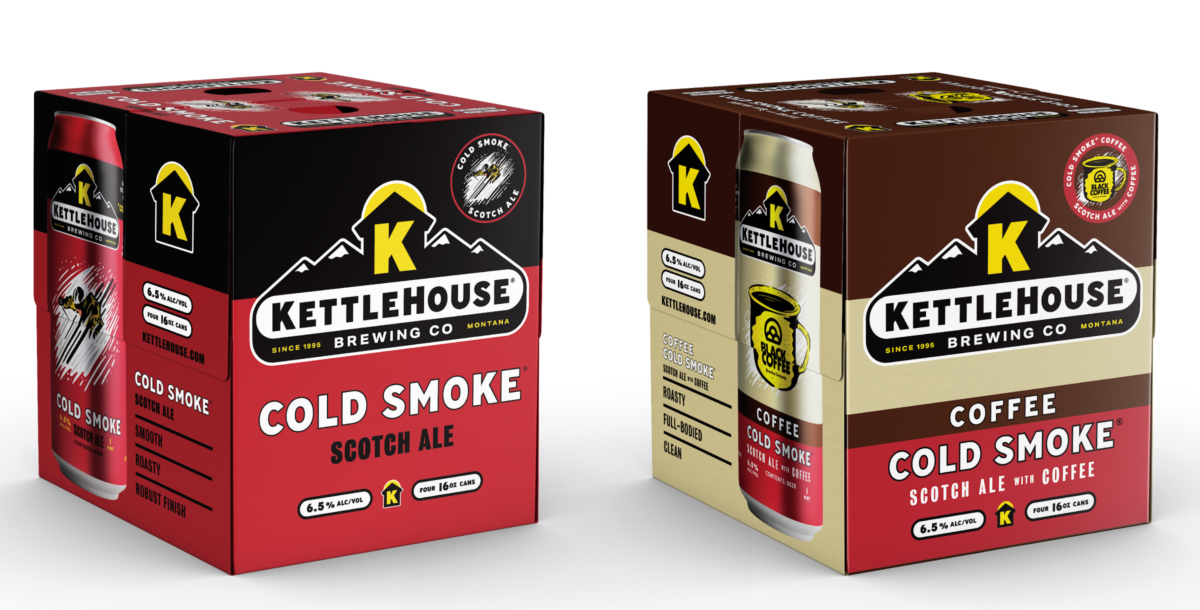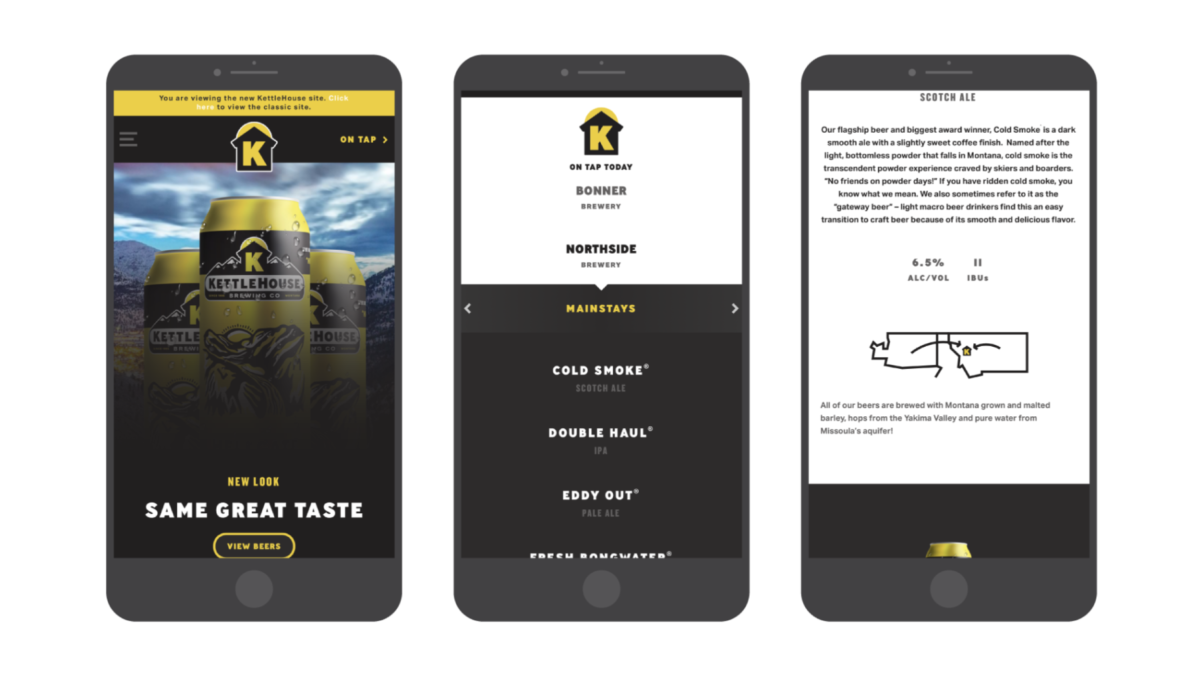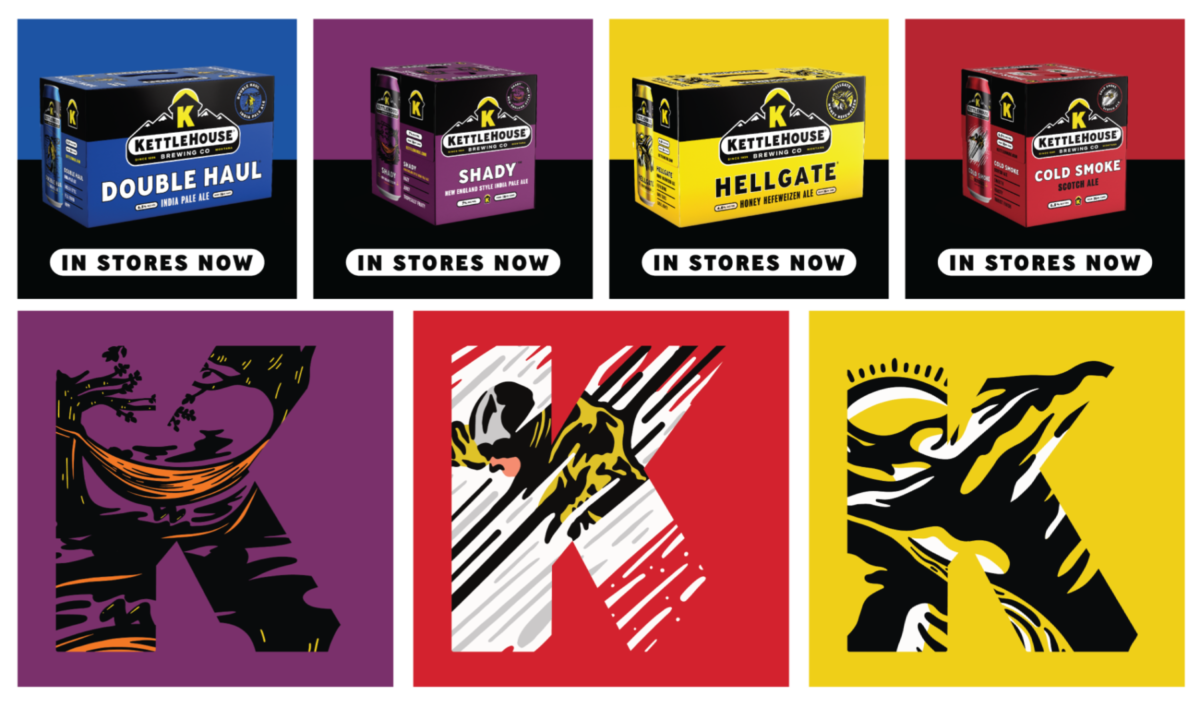What you may not realize is that there are other areas where people brew and drink beer. Crazy, I know. Less attention is paid to these “flyover” markets—the Midwest, Plains States, the burgeoning South. Even less consideration goes to western states that aren’t Washington, Oregon or California. Despite a comparative lack of national buzz, a number of excellent breweries hail from these uncharted lands. And some of these guys have been kicking out high-quality beer (and winning over loyal fans) for decades.
These under-hyped markets are fascinating to us. Limited exposure, low population density, and at times literal geographic isolation (think flatlands flanked by gorgeous mountain ranges and pristine trout waters) have created discrete (but not insignificant) parallel universes for craft beer. Particularly for older operations out west, distribution is often limited to state lines—not in the near mythical sense of New Glarus’ Wisconsin focus, but as a simple matter of practicality. Loyal, local beer drinkers are purchasing enough of the stuff to generate steady, organic growth. So keep it local, and keep local weird, man.
While we love to don our (strangely frilly?) philosopher robes and ponder these delightful microcosms, the self-sustaining nature of craft beer has forced us to ask ourselves some tough questions. We work in branding, marketing and design. Let’s say that a brewery has been around for 20+ years, has a solid customer base right in their own backyard, and has never put much thought into branding in the first place. What purpose would a rebrand serve? Assuming you’re selling everything you brew and are growing at a steady clip, why go through the effort of redesigning your packaging or revamping your website?
When we’re fortunate enough to land a rebranding project with one of these breweries, a persistent issue that arises is the concept of “Evolution versus Revolution.” In other words:
Is our client fundamentally rethinking their approach from the ground up? Is it our task to scrap everything (visuals, naming, etc.) outright, and start from scratch, to let customers know that a fundamental shift in the company has occurred?
OR…
Is our client building on decades of hard work, reputation and customer goodwill? Would it be a misstep to jettison the visual signifiers and stories behind the company as it stands? Does it make more sense to build upon, hone and enhance what already exists?
With few exceptions, we’ve found that the latter approach—Evolution with a capital E, if you’re keeping score—makes the most sense for breweries who have been around a while. If you’ve operated for longer than a decade, factors like stellar beer quality, a rock solid executive team, and a sizable distribution footprint are commonplace. But, through the course of those years, it is also common for brand aesthetics to wander, and eventually grow inconsistent, or of equal concern: to appear dated and irrelevant. This can happen due to frequently switching creative partners, or never contracting one in the first place. In either case, we often find older breweries with visuals that lag behind the expectation of an otherwise high-quality, beloved product.
At 23 years old, this is exactly where KettleHouse Brewing found themselves when reaching out to discuss a rebrand.

